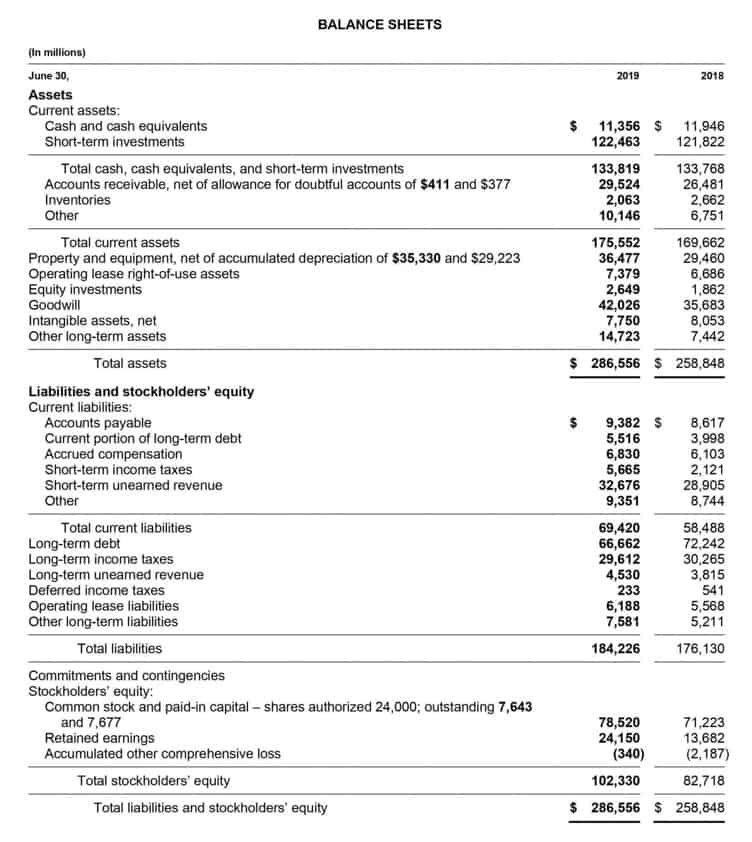Content

The trade discount may be stated as a specific dollar reduction from the retail price, or it may be a percentage discount. Consequently by varying the level of trade discounts the business can change the price given trade discount to different customers. For example, a retail customer might be charged the full list price, whereas a customer who purchases products in large volumes might be given a large trade discount and a lower price.
Cash discounts are a percentage reduction in the invoice amount based on payment terms. The seller would not log the trade discount in its accounting records but only record revenue corresponding to the amount invoiced for the customer. Trade discounts can benefit suppliers by increasing sales volume, reducing inventory costs, and attracting and retaining customers. They can benefit customers by reducing overall costs, increasing profitability, and enhancing competitiveness. However, trade discounts have some limitations, and suppliers and customers should manage them carefully to ensure their effectiveness. While trade discounts can be beneficial to both suppliers and customers, there are some limitations to consider.
Limitations of Trade Discounts
Manufacturers and wholesalers typically produce catalogs for customers and vendors to order products from. The prices listed in the catalogs are often called list prices or manufacturers suggest retail price (MSRP). Other business within the industry that use the manufacturers products rarely pay list price for them. Instead, the manufacturer gives the wholesaler or retailer a discount on each purchase or a percent off of the list price. Purchasing in bulk offers resellers the opportunity to receive a trade discount from suppliers. The more goods purchased, the bigger the percentage of the price break; therefore, larger orders result in greater financial savings for those making wholesale purchases.
They’re generally part of marketing campaigns and can include tactics such as buy one get one free, or a percentage off for first-time buyers. If retailers are expected to pay $225 for a suit, a wholesaler has to pay less for it, because the wholesaler’s customers are retailers. Hence the wholesaler must get an additional discount to stay in business. This is usually given as a chained discount; which is a percentage of the price after the first (retailer’s) discount is taken. A reduction granted by a supplier of goods/services on list or catalogue price is called a trade discount. This is done due to business consideration such as trade practices, large quantity orders, etc.
Is there any other context you can provide?
It is important to note that the trade discount is applied to the list price, not the discounted price. For example, if the product already had a cash discount of 5%, the trade discount would still be calculated based on the list price, not the discounted price. As a result, customers can reduce their overall costs and increase their profitability by purchasing in bulk or at specific times. These are discounts offered to customers as part of a promotional campaign. For example, a supplier may offer a 20% discount on a new product for the first month of its release.
- They are offered in various forms, including quantity discounts, seasonal discounts, cash discounts, promotional discounts, and trade-in allowances.
- Carl&Co pays $6,600 for 50 desks after receiving a discount of $900.
- A manufacturer may attempt to establish its own distribution channel, such as a company website, so that it can avoid the trade discount and charge the full retail price directly to customers.
- Lastly, a registered high-volume wholesaler will be given a trade discount of 27% and will be charged $73.
- The amount of the trade discount varies depending on who is ordering the products and the quantities they are ordering.
- This type of discount helps to ensure profit for all parties involved in the transaction.
10 vehicles were purchased by Unreal Pvt Ltd with a 5% trade discount on the list price of 1,00,000 each. By following these practices, suppliers, and customers can maximize the benefits of trade discounts and improve their bottom line. Trade discounts are a powerful tool for increasing sales, reducing costs, and fostering long-term relationships between suppliers and customers. Another limitation of trade discounts is that they may create a sense of dependency on the supplier.
Time Value of Money
They have has been part of business transactions since the beginning of time. Buyers offer discounts and sellers receive it, either implicitly or explicitly. The purpose of this article is to explain the difference between trade discount and cash discount in detail. One limitation is that trade discounts may not always lead to increased sales.
This helps businesses maintain cash flow throughout the year and keep inventory fresh. This discount serves as a strategy to incentivize the buyer to make a purchase, particularly in large quantities, thereby fostering a symbiotic relationship between the two parties. In the realm of financial management, a trade discount is a critical tool https://www.bookstime.com/ for boosting sales volume and enhancing cash flow. By offering a trade discount, the manufacturer or wholesaler encourages the retailer to stock and promote their product, ensuring greater market visibility and product turnover. Trade Discount is the reduction in the retail price of products that arises from bulk sales or purchases.
Business Mathematics
A trade discount is a reduction in the selling price of goods provided to customers. This discount occurs before a company calculates the amount payable by the customer. Accounting standards do not require a separate treatment or disclosure on the financial statements for this discount.
